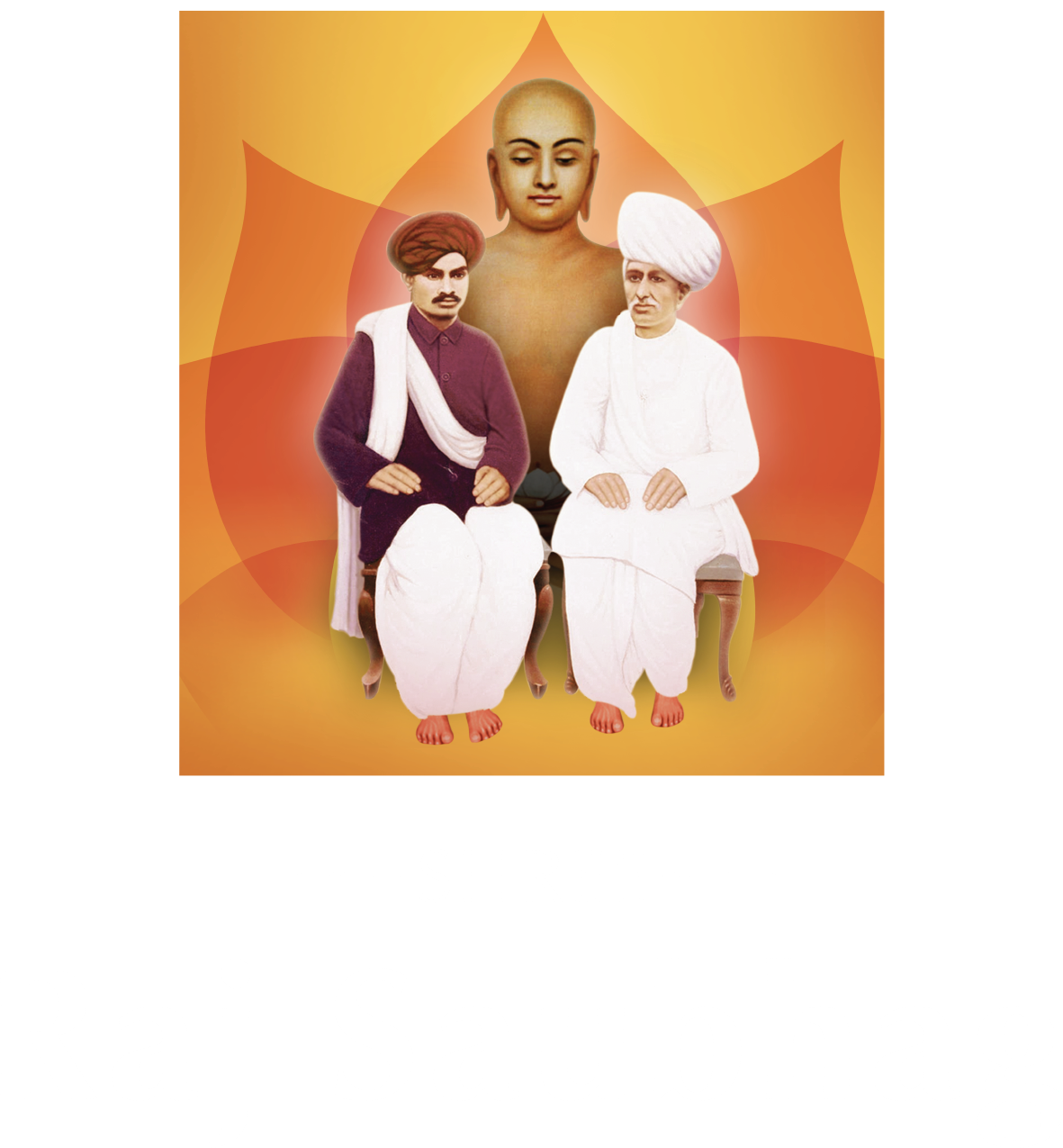The month of September is full of festivals, each of which has a spiritual message to impart. “Teacher’s Day” is one such occasion, when we express our gratitude to our teachers in school, college or university. Our greatest benefactor is our Spiritual Guru, who delivers us from the cycle of birth and death.
During the IVY Swadhyay, Brahmnisht Minalben highlighted the importance of a teacher and a Guru in our lives – while a teacher is responsible for our education and growth, our Guru makes us responsible for our own growth. A teacher prepares us for the journey in the outer world (sansaar), our Guru guides us on our inward journey (salvation); our teacher is our guide on the road to success while our Guru is our guide on the path to freedom (from the cycle of birth and death); a teacher explains the world and its nature to us, our Guru explains our true nature to us.
A teacher gives us knowledge, boosts our ego, instructs us and sharpens our mind. A teacher leads us by the hand and trains us to solve problems, while our Guru explains to us the transience of the material world, deflates our inflated ego and teaches us to resolve our issues. A guru leads by becoming a living example. A guru questions our answers. He questions our behavior by asking ‘why’? A guru needs nothing more than faith and humility from us.
The objective for both kinds of teachers is imparting knowledge and making us self-reliant. But what makes a Sadguru very important to us is His perception. A teacher perceives a student as a body; while a Guru sees the disciple as a soul – different from the transient body.
One can always find a teacher but a guru has to find and accept you. When a teacher finishes with you, we celebrate – but when a guru finishes with you, life celebrates. Whatever our circumstances might be, we learn to choose the truth; we learn to select what is right.
Imparting values further, Brahmnisht Vikrambhai spoke of Navdha Bhakti – explaining the third type of bhakti (Smaran Bhakti) in his discourse.
The blend of the word naam and smaran – ‘naam-smaran’ although used as one word, are singular and imply separate meanings. ‘Naam’ means meditation whereas ‘Smaran’ means repetition of a mantra again and again.
This bhakti saved Prahlad from getting burnt in the fire and Draupadi from being humiliated. This bhakti, this faith in the Lord’s name, kept Shabri steadfast on her belief that Lord Ram will grace her humble hut with His presence. This faith in the Lord, her devotion as we know was indeed rewarded. So is the instance of Janabai, a great devotee of Lord Vitthal. Her faith and complete devotion to the name of Vitthal always kept her cheerful and fearless. The important point here is focusing the mind on the task, consciously keeping the mind engrossed in the Lord with utmost faith. The mind is thus slowly tamed; it wanders less and learns the art of stillness. The inner strength to endure the troubled waters easily comes to us. The delusional belief that ‘the body is me’ dissipates with every repetition of mantra until nothing but the truth remains.
To remember:
- A Sadguru teaches us to keep the ship of spirituality steady amidst the troubled waters of the worldly passions.
- In whatever we do, we must try and catch our ray of concentration.
- Participate in required occasions, but remain detached.
- Whether a moment of worldly pleasure or pain, this too shall pass.
- ‘દુઃખ મેં સુમિરન સબ કરે , સુખ મેં કરે ના કોઈ. જો સુખ મેં સુમિરન કરે તો દુઃખ કાહે કો હોય’ – Kabir









